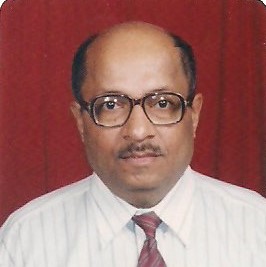Opposition ! ! ! Where is it?
Recently, there were parliamentary general elections in India. There is a ruling party in Indian parliamentary democracy. There does not seem to exist any ideology-dominant political party. Most of the parties are caste based. Modi has deterred the element of caste domination. The Election Commission of India is discharging its duty of executing the time-table of the general elections properly. The ordinary electoral colleges were quietly listening to all the actors. The voters are interestingly listening to all, these are eagerly waiting for the gaps and policy deficiencies to be discussed in the public administration of the ruling party, yet to be pointed out by some responsible opposition parties. Yet no explanation. Of late, the entire electoral scenario seems to have become a “ free for all” theatrical stage. Indecent addresses and abuses seem to have been hurled against everyone who is on the stage. All are on equal footing. No discrimination. All Constitutional offices in the governance—the President, the Prime Minister, the Ministers, the members of the Parliament--- nobody escaped from mutual mud-slinging. The only player who seemed frightened, perplexed, pushed to the brink,---was “the voter”.
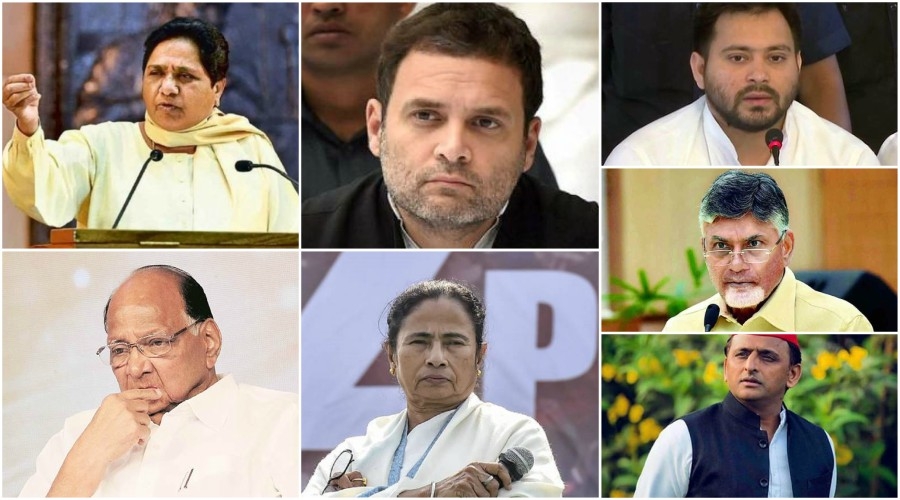
The Cambridge Dictionary explains the term opposition as “disagreement with something, often by speaking or fighting against it, or (esp. in politics) the people or group who are not in power. (Definition of “opposition” from the Cambridge Academic Content Dictionary © Cambridge University Press).
According to ‘Dictionary.com’ the term opposition means –1-- the action of opposing, resisting, or combating, 2-antagonism or hostility, 3-a person or group of people opposing, criticizing, or protesting something, someone, or another group, 4-( sometimes initial capital letter ) the major political party opposed to the party in power and seeking to replace it, 5-the act of placing opposite, or the state or position of being placed opposite., 6- the act of opposing, or the state of being opposed by way of comparison or contrast.
According to the British Dictionary definitions for opposition, the term opposition means-
(a) the act of opposing or the state of being opposed,
(b) hostility, unfriendliness, or antagonism,(c) a person or group antagonistic or opposite in aims to another,
(d) the opposition a political party or group opposed to the ruling party or government,
(e) in Britain and other Commonwealth countries, Her Majesty's Loyal Opposition,
(f) in opposition (of a political party) opposing the government, a position facing or opposite another.
The aura of opposition political parties in India has been in focus for a long time. In the 2014 general elections to the Indian central legislative House, there did not emerge an “official opposition Party leader”. It is therefore here that the litmus test would unearth the fact that even the number required to obtain the official opposition leader’s position was not earned by any party in the general elections of 2014. Therefore, there was no official Opposition Leader in the House of People, i.e. the Lok Sabha. In the 2014 General elections, a single largest party formed the government amidst several scattered and splintered political groups all over. The very presence of several smaller groups with different or common political shades is an indicator of the absence of articulated opposition to the official policymakers in the governance. It is also an indicator of the contention that the political parties in India have failed to articulate and consolidate political impressions of the masses. The clarity of vision seems to have been lost.
Election Manifestos of the political parties:
Changing scenario: The scenario as at present has completely undergone a drastic change with the advancement of technology and the increasing digitalization. The era of addressing public meetings has been on the decline. Few prefer to address public meetings and fewer prefer to make it a point of attending the same. What has been the course of the campaign, the rhetoric, the likely trends and takeaways thus far? The following reference is important while thinking over the point:
“Dr Gilles Verniers, Professor of Political Science at Ashoka University and co-director, Trivedi Centre for Political Data, decodes the election thus far with Rediff.com's Archana Masih.
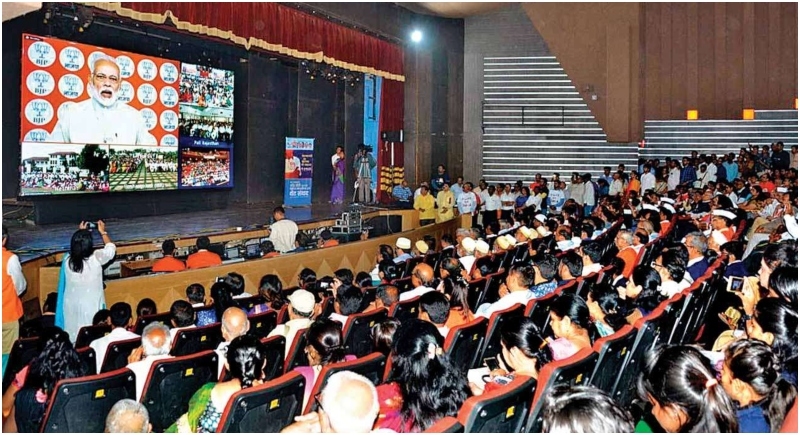
The 10 takeaways so far are :
1. Results are unpredictable as ever. We have no idea about how it is going to translate into seats. It remains an open election.
2. One takeaway is that turnout is not high as it was in 2014. In the phase in UP, for example, it has dropped by 5%. In Odisha, it has dropped quite substantially. That gives an indication that there is no wave. To have a wave is not just a matter of results, but a wave has to be supported by a strong turnout and vote share of first-time voters. There is not much excitement among first-time voters. We can say that it has been a wave-less election.
3. There is not much interest in this election compared to 2014. 2014 was a combination of very strong rejection of the Congress and the rise of Modi as a challenger. This year, it is whether voters want -- Five more years of Modi OR Try something different. No one really knows what.
4. There are not as many women contesting. In fact, it is a bit lower than in 2014. Political parties are responsible for that because they decide the candidates. There is a fear that giving a ticket to a woman is risky, but we have data that shows the contrary. The more competitive and more open an election, the lesser the parties are inclined to give many tickets to women.
5. It seems clear that the BJP will have difficulties expanding beyond areas it had a high strike rate. In states where it is confronted by a strong regional party, the competition is very fierce. It is not obvious that they are going to make a lot of inroads in Odisha. They will increase vote share in Bengal, but that may not be able to convert into seats, especially in West Bengal.
6. We have not heard much from the RSS so far in this election. Previous elections they were making statements, this time either they are operating very quietly or are not very visible.
7. If you look at the Hindi belt, the performance of the BJP in successive state elections shows that they have lost ground since 2014. It makes sense because 2014 was an unusual election and regional parties, even the Congress are more competitive in the states post-2014 and national factors matter less in state elections. It is not obvious that the BJP maintains its very high vote share which means in this election they have to regain a lot of ground. They may have lost voters and have to re-win them through the campaign.
8. Balakot is quite far behind now, but it has fed into the national narrative which the BJP has expanded. Pulwama helps the BJP because it has put national security at the centrepiece of their campaign. It has served their purpose and now they can speak about different aspects.
9. In the campaign, the Congress had some momentum when they were talking about their manifesto and NYAY, but now they have seemed to have lost that momentum. Most of their content is reacting to what the PM and the BJP said. They are now doing a reactive campaign, which is never a good sign. The BJP's campaign, as expected, only revolves around Modi, but it is always about his personal qualities rather his achievements. It is quite striking that the ministers are almost absent from the campaign. Most of them actually are not even running. When you look at the content of Narendra Damodardas Modi's speeches, the word 'Modi' is what he pronounces the most by far, which is not a healthy sign. The BJP and Modi will try to make this election as much as possible about himself personally rather than his achievements because the numbers are not good. The economy is not doing well, joblessness has increased. He is playing the card that it is me or chaos which is the usual refrain of a populist leader. Charles de Gaulle used to say the same in France in his post World War II campaign. To make a choice between something that is obvious and something that is unknown, which is a very effective rhetorical tool. But it also makes for a campaign that is devoid of a lot of substance and content.
10. Turnouts in metros has been low as it has been traditionally”.
(Source: Archana Masih / Rediff.com, 7th May 2019 )
It will be very interesting to take a note of a write-up explaining the projected winner of India’s mammoth election and the “Game of Thrones” finale by Alisha Haridasani Gupta in the ‘New York Times’ dated 20th May 2019.
“Prime Minister Narendra Modi, one of the most divisive leaders India has produced in decades, appears headed for a second term, according to exit polls released shortly after the marathon, seven-phase election wrapped up.
More than half a dozen polls suggest that Mr Modi’s party, the Bharatiya Janata Party, will pick up at least 280 of the 545 seats in the lower house — well past the 272 seats needed to form a government on its own.
Exit polls have a patchy track record. But if the official results, due Thursday, back them up, it would appear that Mr Modi has been unscathed by economic distress and sectarian tensions, giving him a strong hand in the next term.
“One thing we know for sure is that Modi remains incredibly popular despite everything that’s happened in the last five years,” said Milan Vaishnav, a South Asia expert at the Carnegie Endowment for International Peace. “Nothing really sticks to him.”
Critics worry that victory will embolden Mr Modi to assert the Hindu nationalist policies that his party campaigned on, placing India squarely within a global shift to the right.”
Modi-centric electoral battle. Complete decay of opposition:
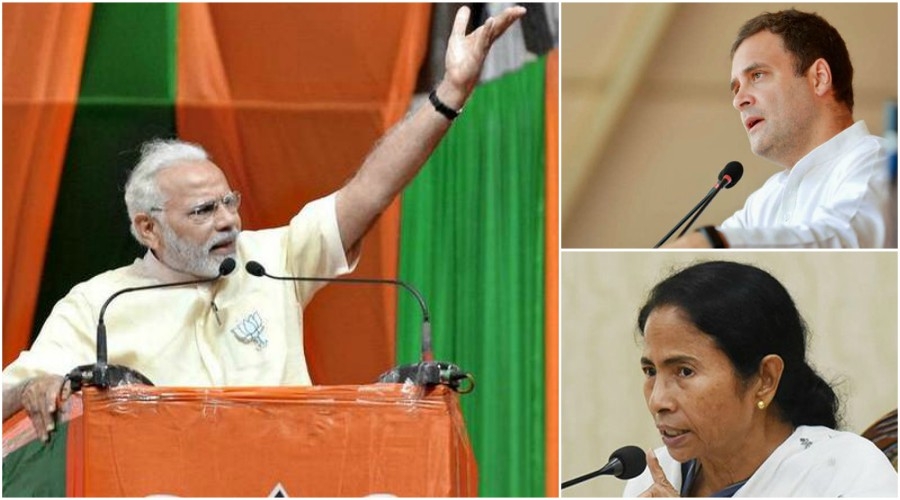
Of course, the common sense of the common people in the country has as usual been the robust balancer which has always prevailed upon the Executive fantasies. The Indian parliamentary democracy rests assured of its safety and survival.
The General Elections of 2019 in India have exposed serious limitations of the ‘opposition’. There remains a loosely-knit opposition participating in the electoral process without any sort of conviction or faith. The federating units of the opposition were otherwise mutual adversaries fighting against each other tooth and nail. Yet these rallied around only point programme ‘ i.e. ‘ Modi Hatao’. This platform would bring together all the disgruntled and frightened leaders who were soon to be convicts of the law and judiciary portfolio. These were afraid of their tossing about in their past clouds of various crimes and yet moving around in the society without fear and shame.
There was no united strategy. There was no common programme of economic development. These leaders or to describe them in a better way as ‘these Modi haters’ set before themselves and the voters, the only objective, i.e. ‘Modiko Bhagao’. More than this, these had nothing to offer to the voters.
Another interesting ‘feature’ these would exhibit during the campaign was ‘pointing out some deficiency’ from the schemes announced earlier by the Modi government. At times data would be collected with false quotes and tailored public responses, announcing the fallacies of the schemes. These leaders would carry out hate-campaigns day and night.
It was disgusting to find that the leaders from the lowest rung of various political shades, misusing their ‘right to speak’ , would refer to the name of the Prime Minister with utmost disrespect and unceremonious expression of dignity.
Silent and invisible Modi wave:
A mature and well behaved dignified Prime Minister
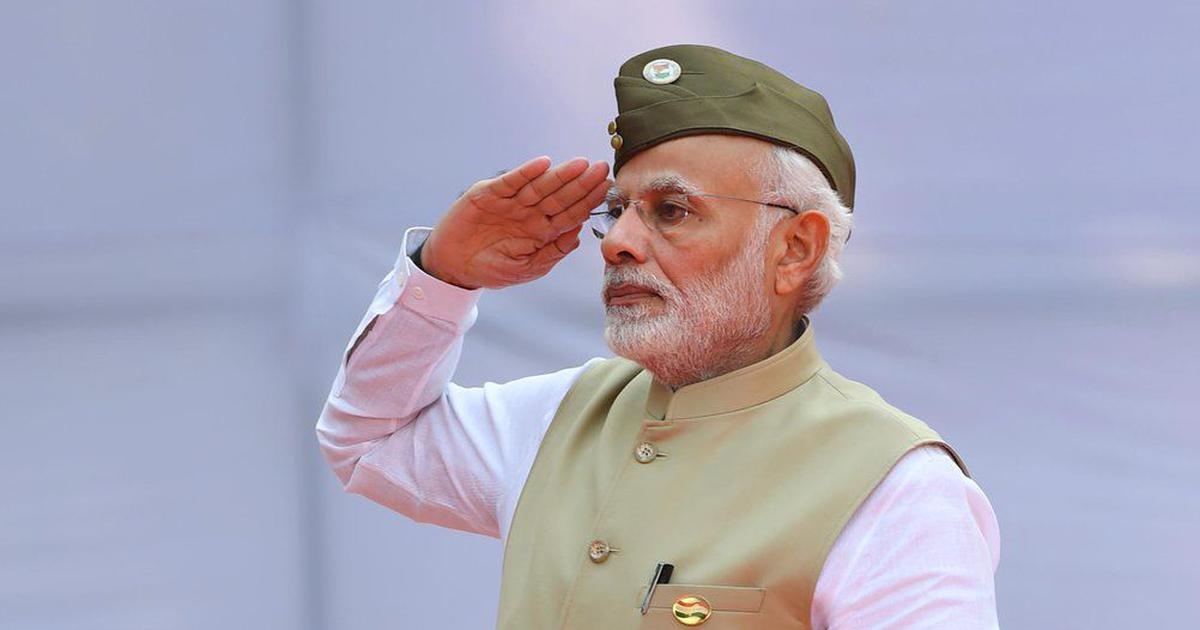
Strengthening of the hands of the Election Commission of India
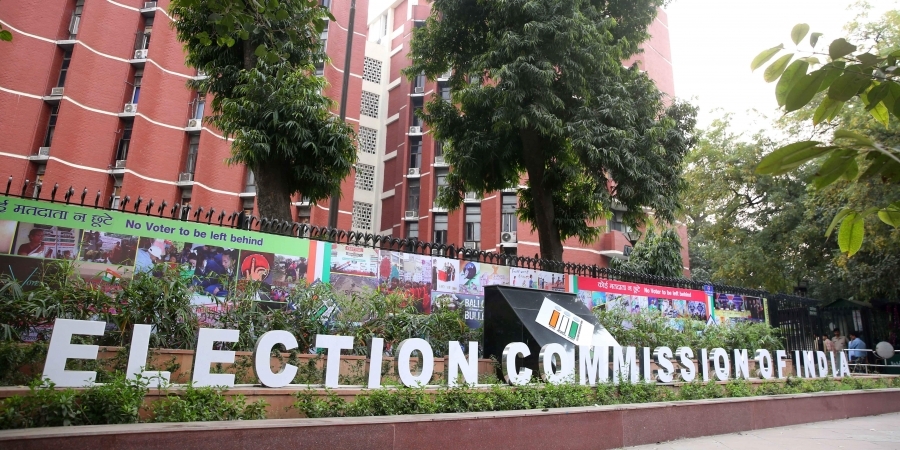
The recently concluded muddy chaotic ‘tamasha’, beckons a serious signal and it becomes imperative to think of whether regulations to discipline the electoral battle esp. the speeches, processions, the road-shows, public rallies etc., the language to be used in these affairs, the posters to be displayed and several other matters which too need attention. The period of holding voting days, its span and the time allotted for propaganda, all these need to be reviewed in the public interest.
Endeavour to create a society without corruption and replete with honesty:
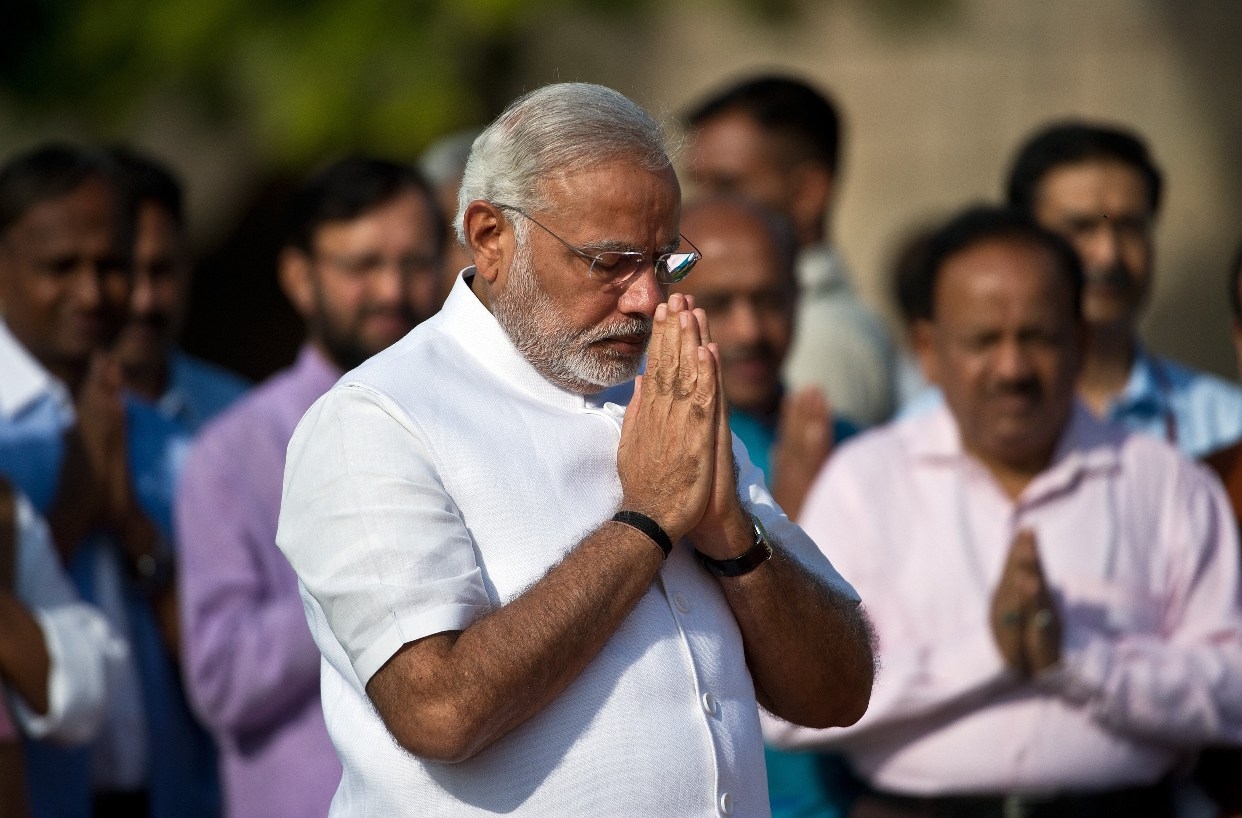
The battle appeared uneven. Narendra Modi maintained a clean, decent and cultured image. Leaders from the opposition camp were no match to his image. Modi had a complete and perspective development plan for the society and the country. He has a vision and he is charged with a mission. He has sown seeds of self-confidence in the minds of the citizens. He has succeeded in depicting a social picture of a society where it was possible to live with dignity and honesty. Albeit, his ‘mantra’ reigning all over—“Nation First”.

